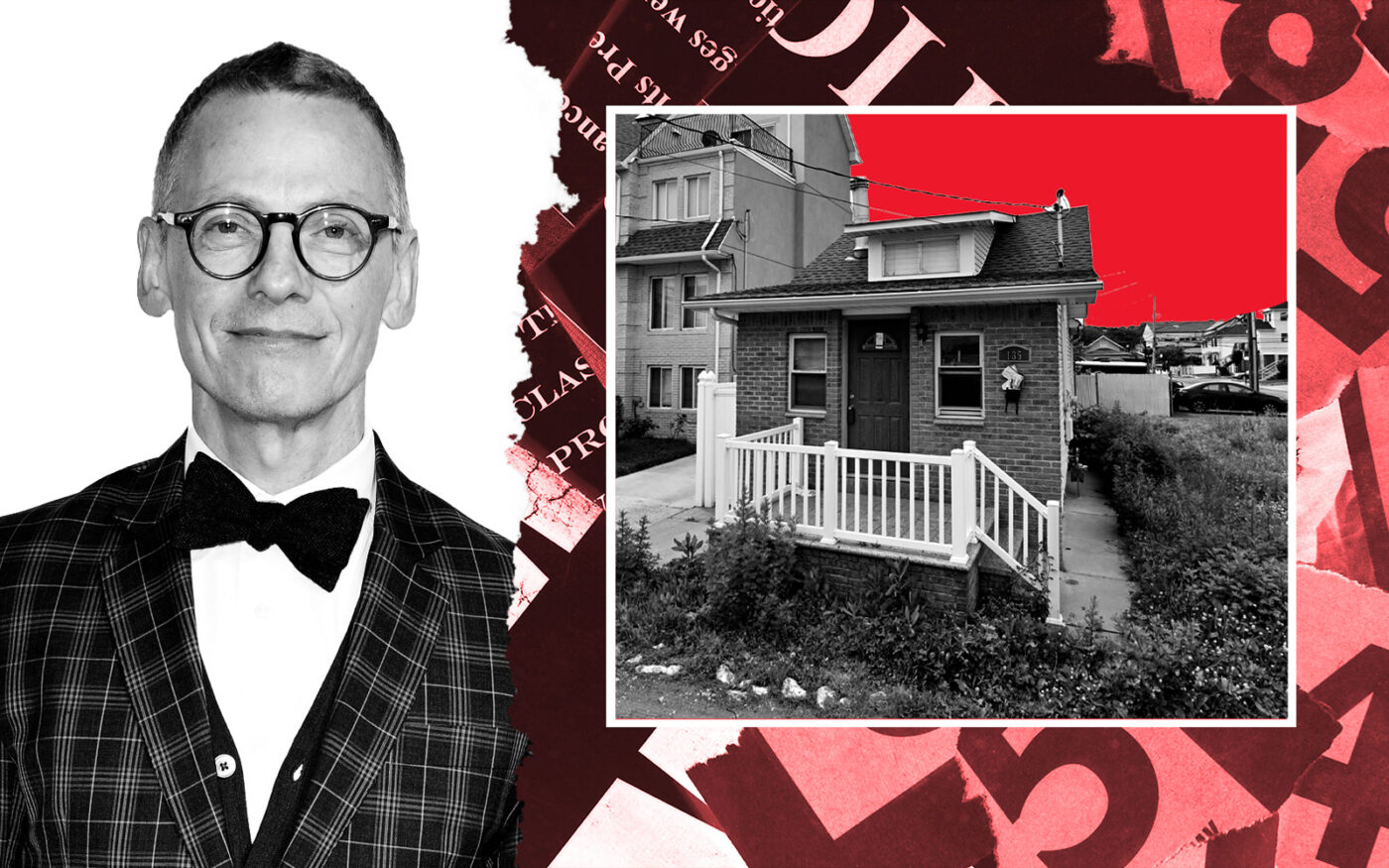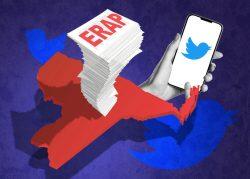Nonpaying tenant finds fresh way to exploit rent relief
Staten Island case reveals another failure by state to close program’s loopholes and enforce rules

Months after New York’s rent relief portal closed, tenants continue to find ways to exploit it.
After more than three years without a rent check, landlord Emily Barlow thought she could finally get rid of the nonpaying tenant in her small rental house on Staten Island. A housing court judge had approved her October 2020 eviction petition, allowing her to reclaim the single-family bungalow where the tenant had failed to pay rent since November 2019. Or so she thought.
Barlow knew the eviction wouldn’t be immediate. The tenant, Saied Darabseh, secured 15 months of rent relief from the state’s emergency rental assistance program in July and with it, the year of eviction protection that an approved application provides.
But a text from Darabseh last week indicates he may have found a way to stave off the eviction for another year, at least.
Darabseh wrote that on March 2, Stephanie Atalla, a woman Barlow believes to be his girlfriend, had been provisionally approved for 15 months of rent relief at 135 Haven Avenue, the same house where Darabseh scored his rent aid.
Barlow called the Emergency Rental Assistance Program portal’s help line and confirmed that the rules limit payouts to 15 months of relief per household, not per tenant.
“To me it was just a blatant sign of fraud,” Barlow said. “He knows I got 15 months and now he’s basically trying to mess with the system to get an extra 12 months’ eviction protection.”
Records shared by Barlow show that Darabseh has tried a similar stunt before.
After the state program approved the tenant’s application in July, Barlow filed to lift the automatic stay on eviction that an open application provides.
The next day, Darabseh texted Barlow a screenshot of a second application he’d filed. Barlow forwarded the evidence to the portal’s fraud department. The Office of Temporary and Disability Assistance, the state agency that runs the relief program, denied the application a few weeks later.
But soon after, on Aug. 15, Atalla filed her own application, ERAP records show.
While Barlow managed to contest Darabseh’s second application, a flaw in the system has made it impossible for her to dispute Atalla’s paperwork.
ERAP applications require the participation of both the landlord and the tenant. Typically, a landlord would be able to claim a tenant-filed application, as it would list the landlord’s name, but Atalla merely submitted Barlow’s phone number.
Landlords can still claim a filing by listing a tenant’s application number and date of birth. But because Atalla isn’t on the lease, Barlow doesn’t have that information. That means she may be unable to prove that the application is tied to her rental in order to dispute it.
“They’re not going to be able to help me,” Barlow said of the portal’s fraud department. “Because I’m not listed as the landlord and because I don’t have a date of birth, I’m never going to know if the fraud department denies this application or not.”
In the meantime, Barlow fears Darabseh will seize on his girlfriend’s provisional approval letter to postpone eviction again.
“Then I’m back to square one,” Barlow said, claiming that she would need to pay her lawyer another $1,000 to lift the stay. “And then I’ll have to wait six months because that’s how long the judge is taking, and not just for me.”
To Barlow, the bigger problem is the failure of the state agency that runs ERAP to check whether any applications attached to her address had been paid out previously.
“They’re just granting these year eviction protections like candy,” she said.
The ERAP portal shuttered to new applications in January after tenant advocates who had sued to reopen it conceded that the insolvent program is unlikely to receive any more funds from the state or federal government. There are still more than 175,000 applications pending, according to the Office of Temporary and Disability Assistance.
A spokesperson for OTDA did not immediately respond to a request for comment. Darabseh and Atalla did not respond to requests for comment.







